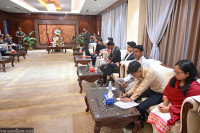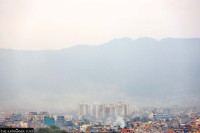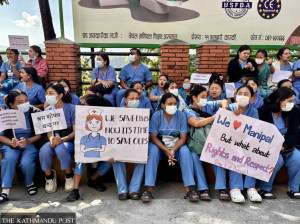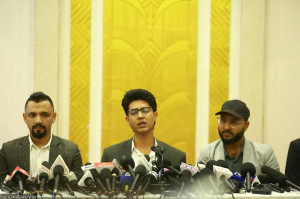Editorial
How long must they wait?
Despite progress on political inclusion, women are still weighed down by a culture of silence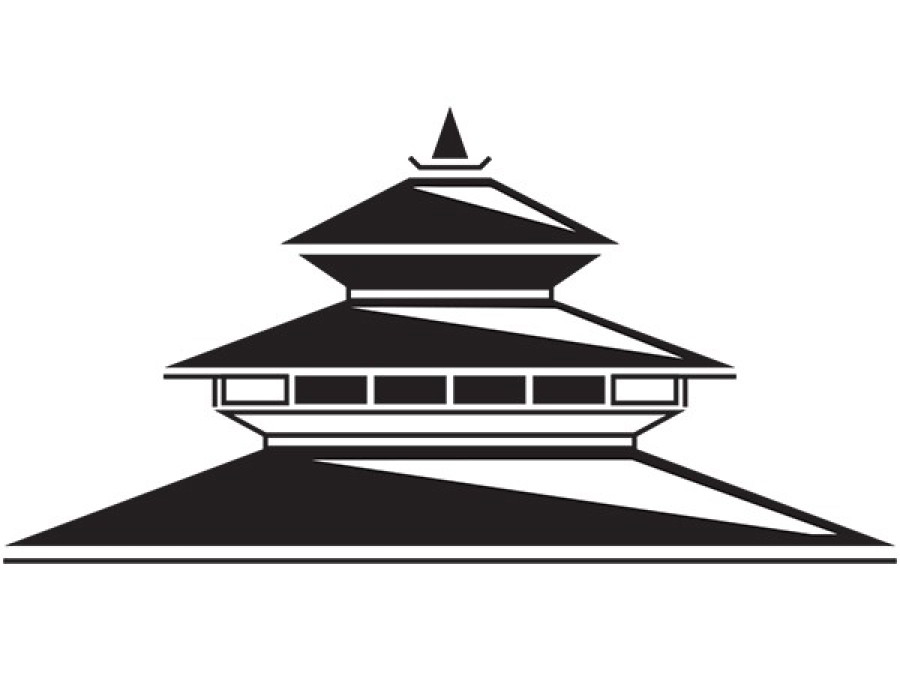
Something is shifting in the world. Women are finally beginning to find their voices and are demanding that their stories be told. No longer are these women intimidated by shame, and no longer are they silenced by threats. A new generation of women are standing up to demand their rights, and movements like #TimesUp/#MeToo are sweeping over the western world, bringing abusers and attackers to account. This time, women are finally taking a stand against systematic misogyny.
In recent years, Nepal has had women as President, Speaker of the lower house and as Chief Justice. Of the 275 members in the House, 90 are women. The number of women across sectors has gone up, including in public service—bedrock of the government’s face in service delivery. Compared to any other South Asian capital, Kathmandu perhaps has the highest percentage of women on scooters. Many visitors note with happiness how the cities of Nepal are so much safer for working women commuting home, even at night. Additionally, more than 350,000 women have applied for government jobs this past year alone.
These are clear signs that things are changing. Yet most of our women remain voiceless, supressed by social mind-sets and deep-rooted patriarchal norms. And as another International Women’s Day passes, it is undeniable that our country still has a long road to travel in order to dismantle the socio-cultural norms prevalent in society, and to overcome the inequality that has been so deeply ingrained in our culture.
Nepali women suffer disproportionately from wage discrimination, unequal power relations, gender-based barriers and illiteracy. Women continue to fall victim to trafficking, polygamy, child marriage, and domestic violence. And the fact that the number of rape cases reported in Nepal is on the rise indicates that advocacy to fuel gender equality is falling woefully short of the mark. What is sexual exploitation if not a manifestation and glaring symptom of deep-rooted gender inequalities? Nepali women face these grinding difficulties, yet they do not speak out for fear of reprisal. They are weighed down by a culture of silence and by the supposition that in Nepal, the words of men carry more credibility.
It would, of course, be wrong to say that Nepal has done nothing to promote gender parity. In fact, Nepal is a signatory to 23 international human rights treaties and instruments with legal framework largely supporting women’s rights and equality. The constitution too contains positive provisions that seek to advance gender equality and women’s empowerment by guaranteeing non-discrimination in rights to protection, safe motherhood, reproductive health and lineage, among others. It also guarantees 33 percent women’s representation in Parliament. But what is increasingly apparent is that these efforts on the part of the government towards gender equality smack of mere tokenism. The government may be ticking the right boxes, but it is doing little more to instil gender parity in the truest sense.
Now, it is time to take a greater stand. All sectors and government and civil society institutions must work together to push for change and greater inclusion. Only then can true social transformation occur. As movements all over the Western world have been advocating, #TimesUp.




 18.12°C Kathmandu
18.12°C Kathmandu
